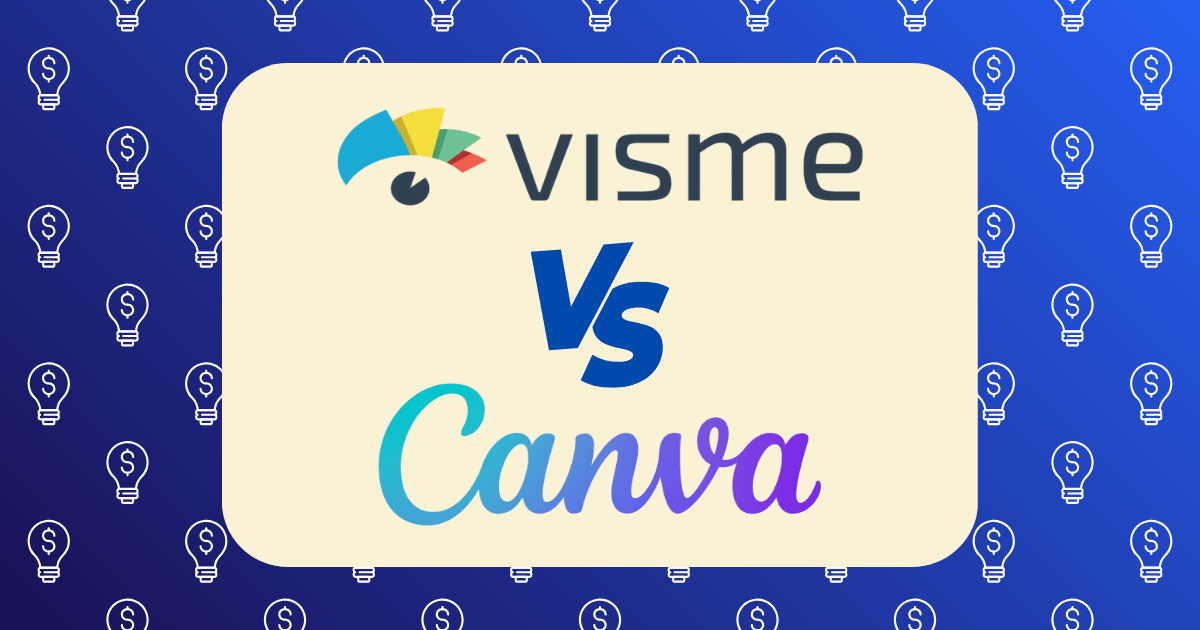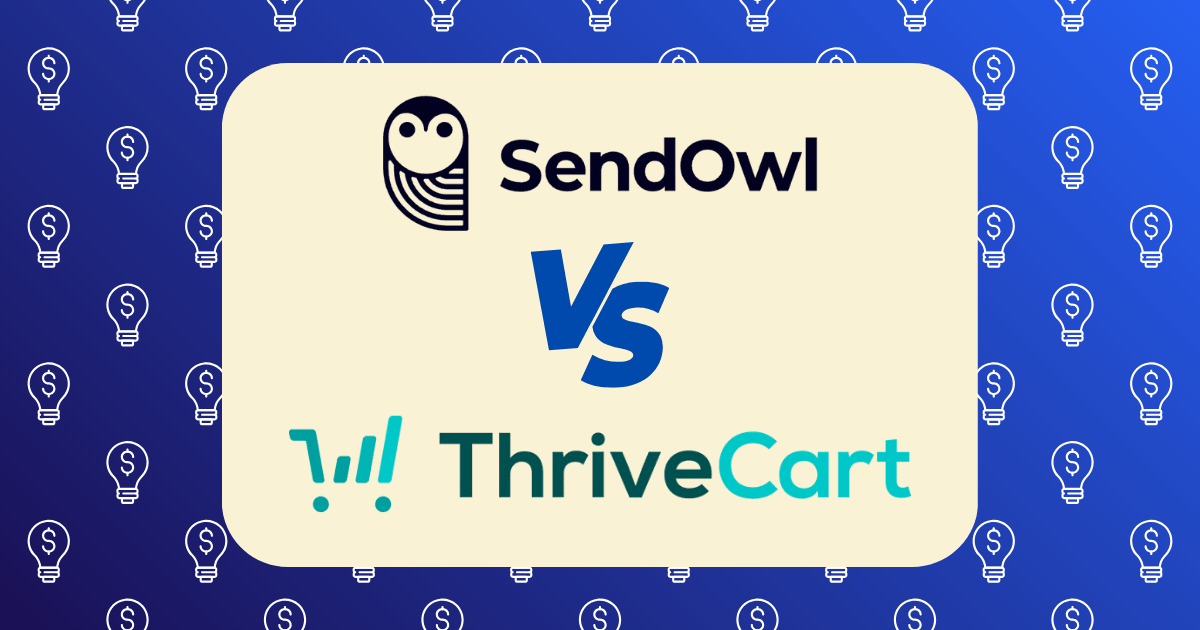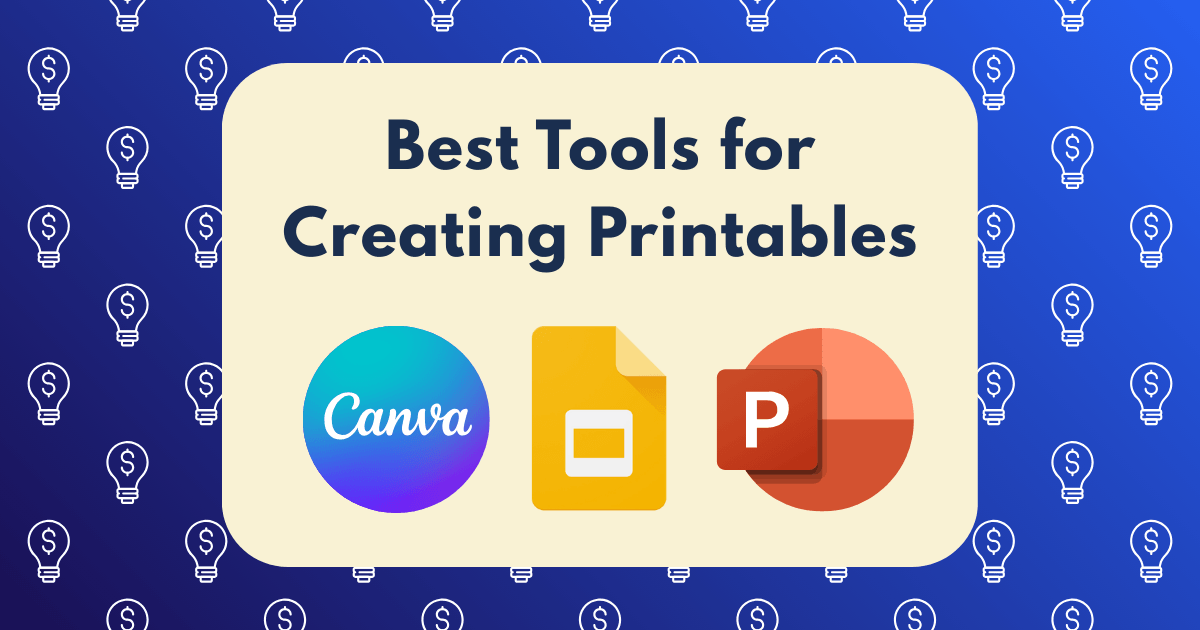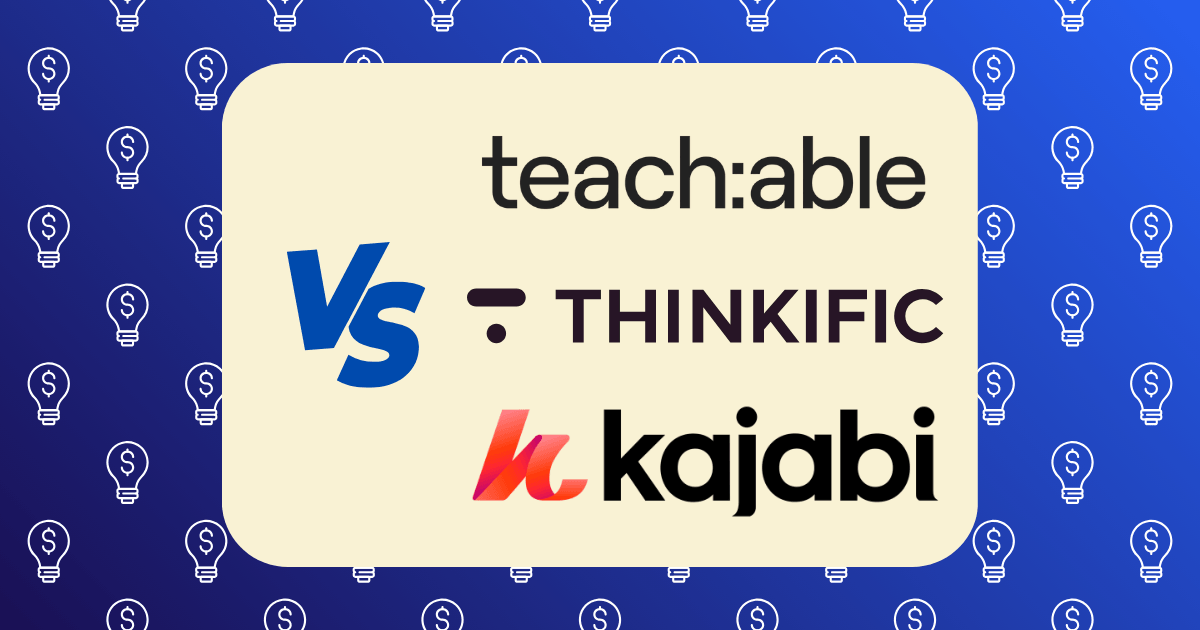Stock Photography Side Hustle: How My Smartphone Photos Earn $500/Month on Autopilot

Eighteen months ago, I was scrolling through Instagram when I noticed something peculiar: the same coffee cup photo appeared in ads for three different companies. After some digging, I discovered it was a stock photo that had been purchased and used by multiple businesses.
That’s when the lightbulb went off.
I had a decent smartphone (nothing fancy, just a two-year-old Samsung), an eye for composition from my hobby photography, and a need for extra income that didn’t require trading hours for dollars. What if I could create stock photos that businesses would actually pay to use?
Fast forward to today: I’m generating over $500 every month from stock photos I shot entirely on my smartphone—with new sales coming in while I sleep, work my day job, or binge Netflix shows.
This isn’t a get-rich-quick scheme or some crypto miracle. It’s a methodical approach to creating digital assets that solve problems for businesses and content creators. Let me walk you through exactly how I did it, so you can decide if this side hustle might work for you too.
The Reality of Stock Photography in 2025
Before diving into the how-to, let’s address the elephant in the room: Is stock photography still viable in 2025 with AI-generated images flooding the market?
According to recent data from Technavio, the stock photography market is still growing at 5.5% annually despite AI competition. Why? Because businesses need authentic, real-world imagery that connects with audiences tired of the “too perfect” AI aesthetic.
This creates a perfect opportunity for smartphone photographers who can capture authentic moments that AI still struggles to replicate convincingly.
My Monthly Income Breakdown (With Receipts)
Let’s talk real numbers. Here’s my average monthly income from stock photography over the past six months:
| Platform | Monthly Income | Photos Live | Avg. Per Photo |
| Shutterstock | $212.47 | 437 | $0.49 |
| Adobe Stock | $178.32 | 412 | $0.43 |
| Alamy | $64.81 | 389 | $0.17 |
| Twenty20 | $47.63 | 350 | $0.14 |
| TOTAL | $503.23 | 450 | $1.12 |
(Note: Not all photos are on all platforms, which is why the “Photos Live” numbers vary)
Is $500/month life-changing? Not for most people. But it’s a car payment, a grocery budget, or a nice addition to your investment account—all from photos that continue selling month after month with minimal additional effort.
The best part? This income is almost entirely passive now that my workflow is established.
Why Smartphone Photography Works for Stock
When I tell people I shoot stock exclusively with my smartphone, they’re often skeptical. But here’s why it works:
- Modern smartphones have incredible cameras – My Samsung takes 50MP photos that rival entry-level DSLRs from just a few years ago
- Authenticity trumps technical perfection – Many buyers prefer natural-looking images over overly polished professional shots
- Smartphone photos match social media aesthetics – Brands want images that blend with user-generated content
- You always have your phone – Capturing spontaneous moments is easier than with bulky equipment
- Processing apps have become powerful – Phone editing apps now offer features once exclusive to desktop software
According to Shutterstock’s 2025 Creative Trends Report, “authentic lifestyle imagery” is among the most in-demand categories—perfect for smartphone photographers.
The 5-Step System That Got Me to $500/Month
Here’s the exact process I followed to build my stock photography side hustle:
Step 1: Find Your Profitable Niches
Not all stock photos sell equally well. After analyzing top-selling images and market gaps, I focused on these niches:
- Remote work scenarios (realistic home office setups)
- Diverse business meetings (authentic collaboration, not staged handshakes)
- Sustainable lifestyle moments (reusable products, farmers markets, etc.)
- Modern technology usage (people with devices in natural settings)
- Health and wellness routines (realistic, not glamorized)
How did I identify these niches? I used Keyword Finder to research high-demand, low-competition categories and studied the “most downloaded” sections of major stock sites.
The key is finding the sweet spot between what buyers need and what other contributors aren’t adequately providing.
Step 2: Optimize Your Smartphone Camera
You don’t need the latest iPhone or Galaxy to succeed, but you do need to optimize whatever phone you have. Here’s my setup:
- Camera app: I use Open Camera (Android) instead of the default app for more control
- Essential accessories: A $15 tripod, a $10 clip-on lens kit, and a $20 portable LED light
- Settings optimization: I shoot in the highest resolution, use HDR mode for balanced lighting, and capture in RAW format when possible
Pro tip: Clean your lens before every shoot. It sounds obvious, but pocket lint and fingerprints are the enemies of sellable smartphone photos.
Step 3: Master These Three Shooting Principles
After uploading over 1,000 photos (many of which were rejected), I’ve learned these principles lead to the highest acceptance and sales rates:
1. Negative Space Is Your Friend
Photos with ample negative space sell better because they give designers room to add text or graphics. I aim for at least 30% of my composition to be relatively empty.
2. Shoot for Versatility
The best-selling photos can be used for multiple concepts. For example, a person looking thoughtfully at a laptop could represent remote work, online education, digital marketing, or dozens of other concepts.
3. Authenticity Over Perfection
My highest-earning photo is slightly imperfect—a coffee cup with a small chip visible, sitting on a weathered desk. It’s sold 137 times because it feels real, not staged.
Step 4: Develop an Efficient Post-Processing Workflow
Here’s my 10-minute editing workflow for each photo:
- Basic adjustments in Snapseed (exposure, contrast, white balance)
- Noise reduction using Lightroom Mobile (crucial for smartphone images)
- Final touches with VSCO for a subtle, consistent look across my portfolio
- Metadata addition using Photo Metadata app to add keywords and descriptions
This streamlined process allows me to prepare 20-30 photos in an evening while watching TV.
Step 5: Strategic Distribution Across Platforms
Not all stock sites are created equal. Here’s my distribution strategy:
- Start with Shutterstock – They have the highest volume of sales but lower per-photo revenue
- Add Adobe Stock – Fewer sales but higher average payment per download
- Include Alamy for editorial content – They specialize in editorial usage with higher payouts
- Explore niche platforms like Twenty20 (now owned by Envato) for additional revenue streams
I use StockSubmitter to upload to multiple platforms simultaneously, saving hours of repetitive work.
Common Mistakes That Kill Stock Photo Earnings
I’ve made plenty of mistakes along the way. Avoid these pitfalls:
1. Shooting Generic Subjects
My first 100 uploads included generic nature scenes and cityscapes that barely sold. Why? Oversaturation. There are millions of sunset photos already available.
2. Ignoring Legal Requirements
Every recognizable person in your photos needs a model release, and recognizable private property often needs a property release. Missing these can get your account suspended.
3. Insufficient Keywording
My sales increased 43% when I improved my keyword research process, going from 15-20 generic keywords to 35-40 specific, relevant terms per image.
4. Inconsistent Uploading
Stock photography success requires consistency. I upload 30-40 new images every week without fail, which keeps my portfolio growing and algorithms favoring my content.
5. Neglecting Analytics
I spend 30 minutes each month analyzing which photos sell best and why, then adjust my shooting plans accordingly. This data-driven approach has been crucial to reaching $500/month.
Getting Started: Your First 30 Days Plan
If you’re ready to try smartphone stock photography, here’s your first 30 days plan:
Days 1-7: Research and Preparation
- Create accounts on Shutterstock and Adobe Stock
- Research top-selling categories and styles
- Optimize your smartphone camera settings
- Download essential editing apps
Days 8-14: First Production Phase
- Shoot 50-100 photos across 2-3 different niches
- Edit your best 25-30 images
- Prepare proper titles, descriptions, and keywords
- Submit your first batch and prepare for feedback
Days 15-21: Refinement
- Review acceptance/rejection feedback
- Adjust your shooting and editing techniques
- Create a consistent uploading schedule
- Join stock photography communities for tips (Microstock Group is excellent)
Days 22-30: Scaling Up
- Increase production based on what’s working
- Expand to additional platforms
- Develop batch processing workflows
- Set specific income goals for months 2-3
Remember, stock photography is a long-term game. My first month’s earnings were just $7.32, but the compound effect of growing a portfolio is powerful.
The Future of Smartphone Stock Photography
As we move through 2025, several trends are shaping the future of this side hustle:
- AI integration – Using AI tools to enhance metadata and identify market gaps
- Video stock growth – Short video clips are seeing increased demand and higher payouts
- Authentic representation – Diverse, inclusive imagery continues to gain market share
- Specialized micro-niches – Highly specific content for targeted industries commands premium prices
I’m particularly excited about the growth in video stock. My recent experiments with smartphone video clips are earning 3-5x more per asset than still photos, though they require more production effort.
Is This Side Hustle Right for You?
Stock photography isn’t for everyone. You’ll thrive in this space if:
- You have an eye for composition and lighting
- You’re patient with delayed gratification (income grows slowly but steadily)
- You enjoy the technical aspects of photography and keywording
- You can produce content consistently over time
The beauty of this side hustle is its flexibility. Some weeks I spend 10+ hours shooting and editing; other weeks I do nothing while the passive income continues.
Final Thoughts: Beyond the $500 Milestone
Reaching $500/month took me approximately 14 months of consistent effort. My next goal is $1,000/month within a year, which I’m approaching by:
- Expanding into stock video clips
- Creating more business-focused content (highest paying category)
- Licensing directly to repeat clients outside of stock platforms
- Teaching others through my blog
Whether you’re looking to pay off debt, save for a vacation, or simply prove that your photography has commercial value, smartphone stock photography offers a legitimate path to passive income in 2025.
The barrier to entry has never been lower, but the need for quality, authentic imagery remains high. Your smartphone is already in your pocket—why not put it to work?
Have you tried selling stock photography? Share your experiences in the comments below!







